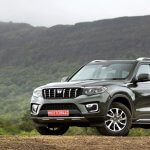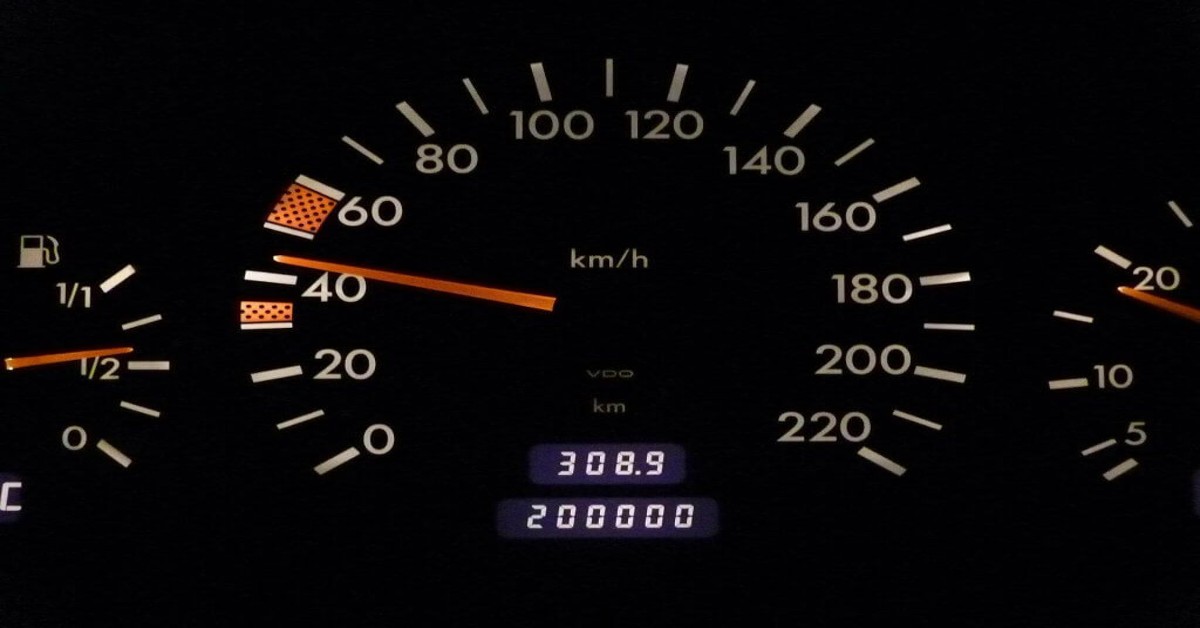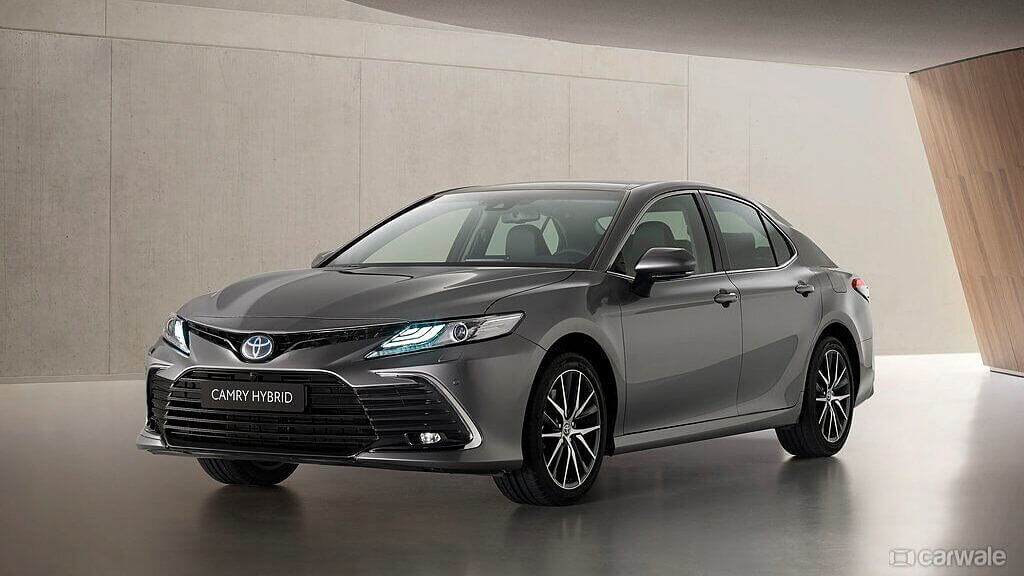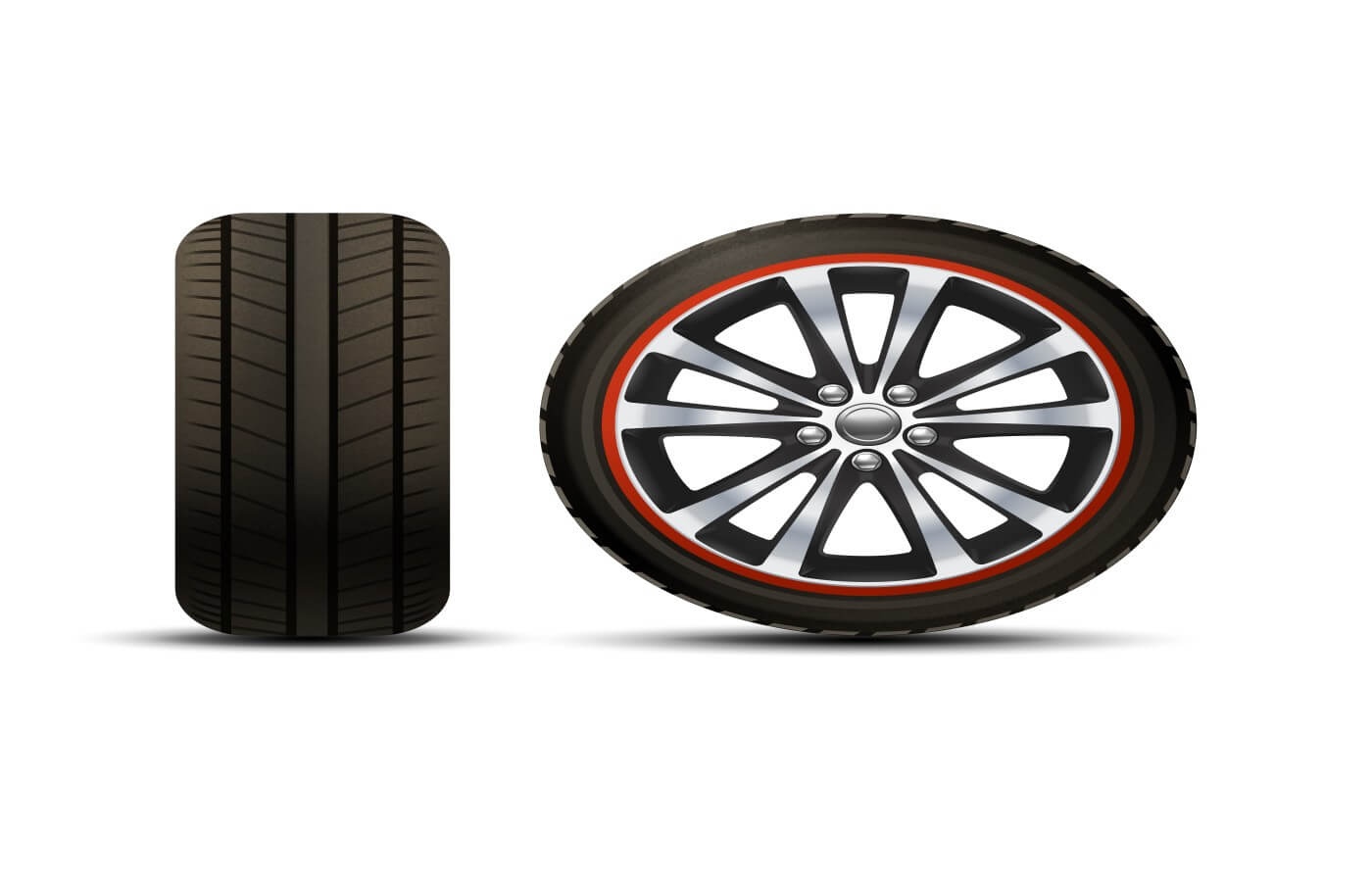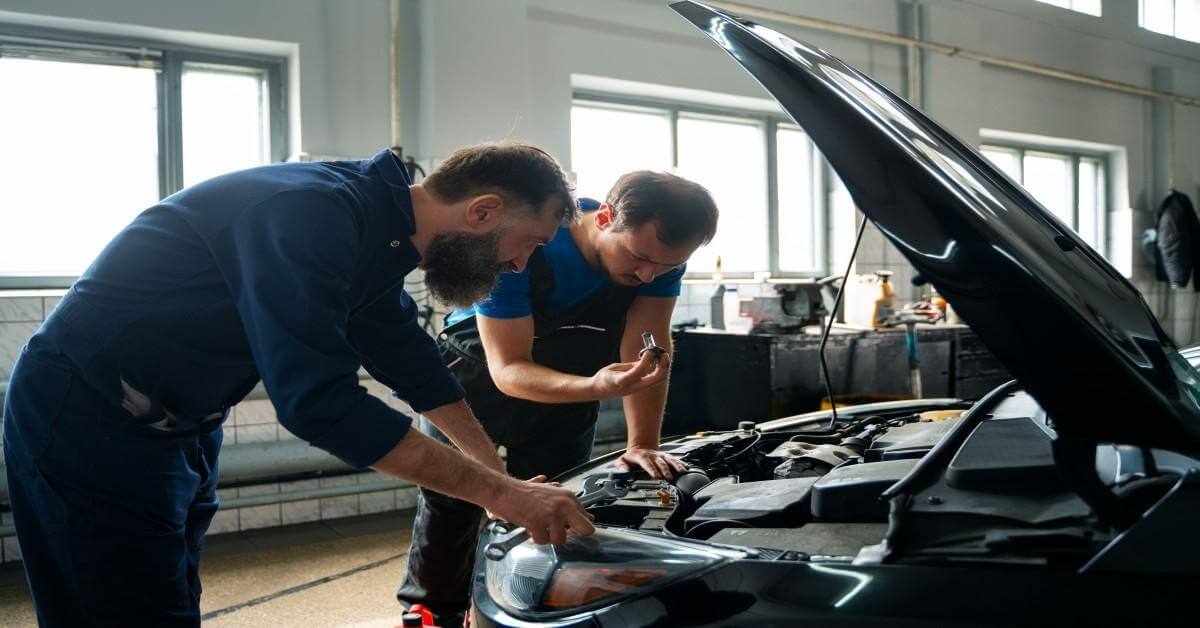In India, car mileage continues to play a significant part in the choice to purchase a new vehicle. When it comes to compact hatchbacks and entry-level sedans, it is by far the most important factor.
Manufacturers have recognized this, and modern vehicles now have higher fuel-efficiency ratings and an ARAI-certified number (Automotive Research Association of India). In addition, modern cars have multi-functional displays with real-time mileage indicators. But it is very important to know the real-time automobile mileage if you have an antique car with no such instrumentation.
Mileage figures will never be consistent unless all elements, like speed and acceleration, are kept constant. Due to traffic, road conditions, uphills, downhills, and, most crucially, driving fashion, this is nearly impossible in real-world situations. If your car’s manufacturer claims a mileage amount, you should expect something close to that. Take your automobile in for a checkup if your mileage is significantly lower than that.
Table of Contents
Things to keep in mind while checking your car’s mileage
Here are a few things to keep in mind to get an accurate picture of your car’s efficiency and how much you spend:
Keep it to the brim
The only way to know the precise amount of fuel used is to completely fill the tank. However, relying just on the automatic cut-off will be inaccurate. When you fill-up your car, the fuel rushes into the tank at a high rate, trapping some air inside. As a result, you have a full tank with some air trapped inside.
However, newer fuel-injected cars contain return lines for any fuel that is not used, further complicating the situation. So, after the cut-off, wait a few minutes and fill it up again. If the gasoline nozzle is entirely dipped in, the flow will stop as soon as the level reaches the nozzle. So, request that the attendant place the nozzle’s tip at the end of the fuel filler and fill it up.
Maintain your pump
It’s just as essential where you fill as it is how you fill. It is also strongly suggested that you use the same fuel station and dispenser for consistency. Although most fuel pumps are calibrated and accurate, there may be minor differences between them.
Additionally, because each brand of fuel differs somewhat, changing the brand each time can decrease fuel economy. Manufacturers differ in terms of preparation, additives, and other factors, which can affect efficiency. Also, choose fuel pumps that are owned by a corporation or have a strong reputation for sustaining quality.
Trip meters and odometer
To get the best fuel economy, keep a close eye on the odometer and trip meter. The odometer records the total number of kilometers driven by your vehicle, whereas the trip meter allows you to track a precise distance.
Some vehicles have two trip meters: one for Trip A and one for Trip B. For each fill-up, use Trip A and record the reading together with the number of liters filled. Then, each time, restart the trip and repeat the procedure. Trip A can be used to assess efficiency between each fill on longer outstation excursions with many fills, whereas Trip B can be used to compute total trip efficiency.
Keep an eye on the drive cycle
Any change in the driving cycle, such as traffic or vehicle load, will have an effect on fuel economy. Try to apply the same set of conditions to determine your car’s normal efficiency. Long detours and alternate routes should be avoided. Also, try to maintain a consistent driving speed and manner. Furthermore, the air conditioning must be kept at a steady temperature.
Maintain control of the vehicle
Tyre pressure has a significant impact on fuel efficiency. Underinflated tyres are more difficult to spin and have reduced efficiency. Checking the pressure after each alternate fuel fill is a wonderful habit to get into. The tyre pressure readings are calibrated at well-maintained gasoline pumps. Apart from that, keep the automobile in good working order because things like a clogged air filter or dirty engine oil can all reduce fuel economy.
Utilize technology
There are numerous smartphone apps that can keep track of your fuel records, servicing schedules, and perform all calculations for you. There are apps that track your fuel use and compare it to the GPS kilometer measurement. While GPS can be accurate, there is the possibility of satellite loss in some places, which could alter your final computation.
Methods to calculate car’s mileage
You may simply calculate your car’s average mileage if you know basic mathematics. The following are some ways for determining the fuel economy:
Distance traveled divided by fuel consumption
This is the most practical approach for determining your car’s mileage:
- Take your automobile to the nearest gas station.
- Note the number of kilometers on your odometer (for example, O1) and the fuel level on the gauge.
- Fill the tank up.
- Make a note of how much gas you’ve used.
- Drive.
- Driving in a straight line produces more accurate results than driving at different times or on different days.
- When the gasoline gauge displays the previous reading, take note of the odometer reading (say, O2).
- Subtract the current odometer reading from the old one, as follows: O2 — O1.
- Divide the result by the amount of gas you put in the car previously.
- Your mileage is the end result.
Calculating Average Fuel Efficiency
Because fuel consumption is dependent on a variety of circumstances, no car can provide a consistent mileage figure. The way you drive has a big impact on your mileage. Using the air conditioner affects mileage by putting additional strain on the engine. Follow these procedures to acquire an overall estimate of your car’s mileage:
- The distance traveled divided by the amount of fuel used should be repeated several times.
- Add up all of the mileage data and find the average.
This method provides you with a much more precise figure. The distance reading will be different in both directions if you travel to a destination at high speeds and return at low rates. As a result, assessing average consumption over time provides a more accurate picture of your car’s fuel efficiency.
Making Use Of The Fuel Purchased
Because gas costs are high and we don’t want to empty our wallets every time, it’s a good idea to know how much fuel your automobile uses. Follow these steps to determine the mileage based on the amount of fuel purchased:
- After filling the fuel tank to capacity, reset the trip meter to zero.
- Maintain this state for a period of time (maybe a week or even a month).
- During this time, you can fill up the automobile with gas whenever you choose.
- Keep track of how much petrol you put in each time.
- Fill up your tank again once you’ve opted to compute the fuel economy.
- Add up the entire amount of fuel you’ve bought.
- Take note of the trip meter reading right now.
- Subtract the number of kilometers from the amount of fuel purchased.
- This will give you the average mileage based on the fuel you bought.
Calculating the Cost of Fuel Per Kilometer
The procedure for calculating the cost of fuel per kilometer driven is quite simple. Check the current market price of gasoline. Use any of the methods described above to determine your car’s mileage.
Current Fuel Price / Average Mileage = Fuel Cost Per Kilometer
Tankful to tankful method
The ‘tankful to tankful’ method is one of the most accurate and effective ways to calculate car mileage. It takes some time, but it drastically minimizes the amount of error. It’s easy to do, and here’s how to do it:
Fill Your Tank
Fill up your car’s tank to the fullest at a predetermined fuel pump and dispenser. When the fuel level hits the top of the tank, most dispenser nozzles have an auto cut-off feature. Stop here and don’t go any further.
Reset The Clock
Reset the car’s trip meter to zero.
Adhere to the Speed Limit
We all enjoy driving quickly on occasion, but the faster the car moves, the more fuel it consumes. As a result, don’t over-rev and stick to the speed limit.
Take a Drive
Before refueling, it is recommended to travel for at least 250-300 kilometers. This might take days, but the more fuel you use, the higher you’ll fill in, giving you a more accurate estimate.
Fill Up Once More
Fill up the car’s tank at the same gas station. Do not fill the dispenser again after it reaches the auto cut-off and stops. Take note of the amount of fuel used.
Determine the car’s mileage
Divide the number of kilometers you drove according to the trip meter by the amount of fuel you used to get your car mileage.
Repeat this process a few times to obtain a better understanding.
When the figure rises much, this can be more enjoyable on lengthy journeys on open roads. Divide the trip meter reading by the liters of fuel utilized during the second fuel fill if you have one.
Conclusion
If you believe your car’s average fuel efficiency is too poor, have it serviced and examined. You can also choose to change your driving style to be more environmentally friendly and save money on gas. Take a look at the guide on your car fuel-saving tips. You can also get an accurate estimate by estimating the average consumption by turning on the air conditioning for the duration of the drive and then turning it off to compare the economy data.






